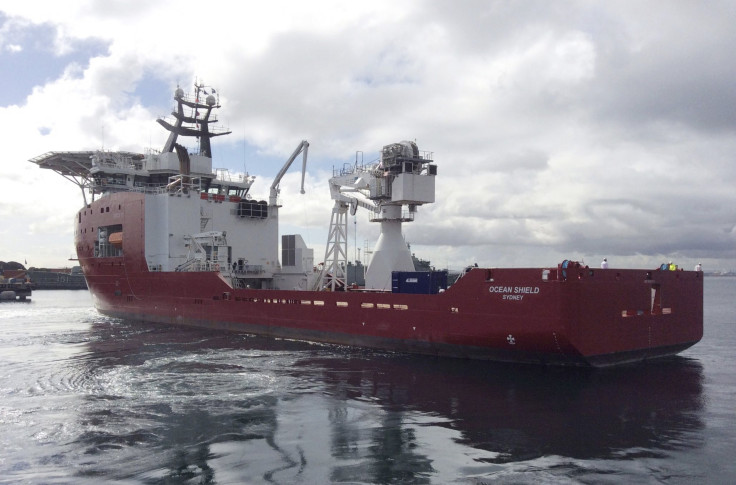MH370 Search Update: Satellite Company Finds A 'Hotspot' In Southwest Indian Ocean

The search for the missing MH370 will be focused in the southwest Indian Ocean based on new satellite data. According to data from Inmarsat, the plane was heading south and a three-month ocean floor survey is mapping locations based on the new information.
Inmarsat, the London-based satellite communications company, says its satellites detected Malaysia Airlines Flight 370 as it turned away from Sumatra, heading southward over the Indian Ocean, reports the New York Times. Inmarsat describes the MH370 satellite data as a series of "handshakes," notes the Times. Angus Houston, who is leading the search for the missing plane, said, "The handshakes are the most robust information we have at the moment."
Fugro Survey was hired by the Australian Transport Safety Bureau to survey the ocean floor using the Inmarsat data, and deep-sea search operations could begin soon once a commercial contractor is selected, reports the Times.
Other "pings" were detected around the same time as the Inmarsat data, but searches in those areas did not reveal any new information on the missing plane. According to the BBC, the flight path of MH370, based on the satellite data and the assumption it was being flown via autopilot, led to a location in the southwest Indian Ocean. The new path "lands on the final arc at a particular location, which then gives us a sort of a hotspot area on the final arc where we believe the most likely area is," Chris Ashton of Inmarsat told the BBC's Horizon TV.
Silt deposits and other features, such as ravines, of the Indian Ocean floor may make the search more difficult, but the current survey will give officials a better understanding of the ocean floor. Based on the survey, officials can choose the best search vessels.
© Copyright IBTimes 2024. All rights reserved.












